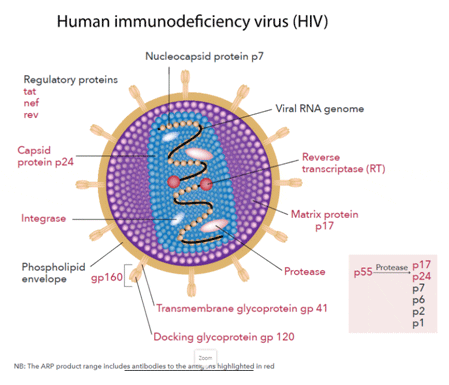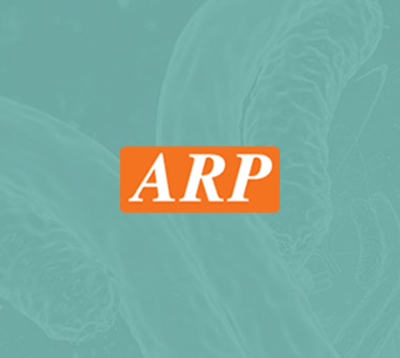Viral
Infectious Disease – Viral
Viruses consist of a DNA or RNA genome packaged inside a protein shell known as a capsid. They are incapable of reproducing on their own, instead infecting other organisms in order to survive and multiply. Although viruses are renowned for their role in causing disease, those such as adeno-associated virus (AAV), adenovirus, lentivirus and retrovirus have been widely exploited as vectors for gene delivery, with many entering gene therapy clinical trials.
A viral infection is the proliferation of a harmful virus inside the body. Symptoms vary depending on the type of virus, but generally arise due to cell damage associated with viral proliferation. Once a virus has injected its genetic material into a cell, it hijacks the host’s cellular machinery to generate more virus particles. It is as these particles are released, either by bursting the host cell or via budding, that the immune response associated with cell damage gives rise to the symptoms of infection.
Viruses capable of causing respiratory infections include rhinoviruses, influenza viruses, respiratory syncytial virus and coronaviruses, while skin infections are often caused by herpes simplex virus-1 (cold sores) and varicella zoster virus (chicken pox). Viruses are also a common cause of food poisoning, with noroviruses and rotaviruses frequently responsible for the nausea, vomiting, diarrhea and abdominal pain linked to viral gastroenteritis. Sexually-transmitted viral infections are caused by human papillomavirus (HPV), hepatitis B, genital herpes and human immunodeficiency virus (HIV).
Our product portfolio contains an extensive range of products to accelerate researchers’ understanding of viral infection. These include antiviral antibodies to many of the viruses mentioned here, with a particular focus on HIV.
HIV product focus
HIV is a retrovirus, with an RNA genome containing nine genes: env, gag, pol, tat, rev, vpu, vpr, vif and nef. The env (envelope) gene encodes gp160, which is cleaved by the host cell protease furin to form gp41 (transmembrane glycoprotein) and gp120 (docking glycoprotein). Trimers of gp120 bound non-covalently to gp41 are found in complex at the virion surface, where gp120 binds to CD4 on host helper T cells to facilitate viral entry.
The gag (group antigen) gene codes for p55, which is broken down by proteases to form p24 (capsid protein), p17 (matrix protein), p7 (nucleocapsid protein), p6, p2 (spacer protein 2) and p1 (spacer protein 1); many of these proteins perform structural roles. The pol (polymerase) gene encodes the retroviral reverse transcriptase protein and enzymes including integrase, protease and RNase H.
Of the remaining six genes in the HIV genome, tat (trans-activator of transcription) and rev (regulator of expression of virion proteins) encode transcription regulatory proteins that are essential for viral translation, while the function of the accessory proteins vpu, vpr, vif and nef remains under active investigation.
We offer antiviral antibodies to many HIV proteins, including gp160, gp120, gp41, p55, p24, p17, integrase, protease and retroviral reverse transcriptase.




